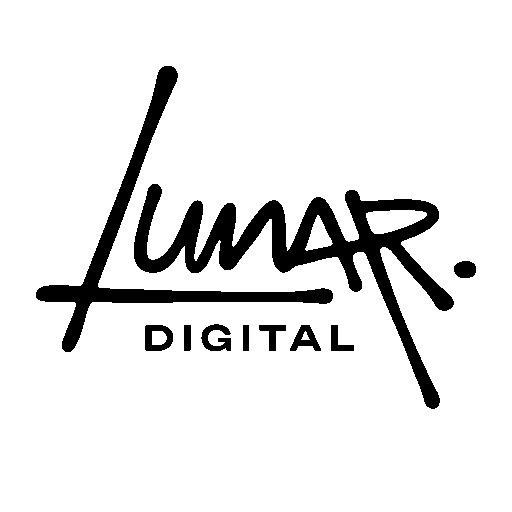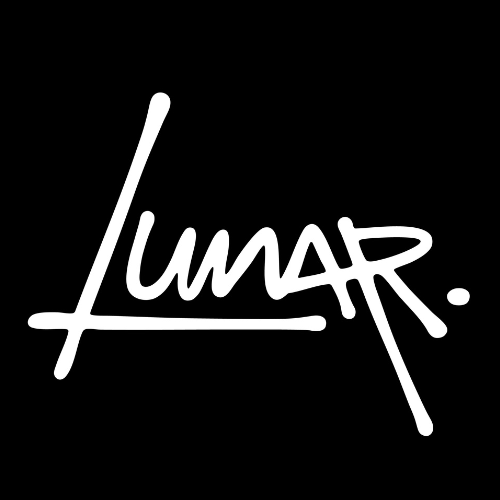The Death of Channel-First Thinking: Why We Build Strategy Around the Funnel, Not the Feed
13th August 2025
Why Channel-First is Failing in 2025
Imagine building a marketing plan around one platform, the “feed”, rather than the customer’s journey. In 2025, that’s like bidding on one supermarket when your customers shop across three aisles, two shops, and half a dozen devices. Channel-first strategies used to work. Not anymore.
In today’s landscape, characterised by AI-driven platforms, fragmenting attention, and rapidly shifting consumer expectations, a siloed approach isn’t just outdated, it’s actively damaging to growth. That’s why at Lunar Digital, we refuse to start with channels. We start with the funnel.
Full-Funnel Strategy Beats Siloed Thinking
When you plan by channel, you create fragmented experiences, and fragmented results. A user sees a TikTok video, clicks a paid ad, reads your blog, and finally converts via email. But if your channel teams don’t “talk,” each touchpoint feels unjoined-up. You end up paying for awareness that doesn’t convert, or conversion that doesn’t convert again.
What’s next? Using full-funnel diagnostics that show performance at every step, awareness, consideration, conversion, retention, not just top-of-funnel vanity metrics. It empowers you to understand where things leak.
For example, if paid search drives traffic but bounce rates are high, that tells us the landing experience isn’t working, not that the channel failed. We solve the experience, not just the ad.
Data-Powered Funnels: Audience Segments Built from Behaviour
In 2025, AI isn’t a “nice to have.” It’s the foundation supporting smarter funnel planning.
Platforms like Facebook Advantage+ and Google AI target lookalike audiences automatically, so manual audience-building is no longer enough. Instead, we map behavioural signals (repeat site visits, tool usage, video engagement) to funnel stages, then let AI overlay targeting and creative that reflect those insights.
So rather than ask “which channel drives most conversions?”, we ask “which behavioural cluster is most likely to convert next quarter?” That flips funnel trigger logic from marketing guesswork to agile precision.
Zero-Party Data Keeps Funnels Robust
With cookies going the way of the fax machine, zero-party data (information customers willingly give you) is gold.
That’s why we embed audience capturers like sliders, quizzes, or microsurveys on landing pages and chatbots. It’s not just quiz fun, it’s capturing intent. Every data point gets mapped into funnel segments: are they awareness-stage, consideration trying to compare service tiers, or intent-to-buy ready?
This means fewer wasted clicks chasing cold prospects, and more conversations with actively interested people. We increased one of clients’ website enquiries 111% using this exact methodology.
Cross-Channel Journeys Demand Funnel Alignment
Modern buyers don’t follow a linear path. They bounce between Instagram, CPC ads, organic blog content, YouTube videos, newsletter visits, and maybe come back three weeks later to convert.
That’s why every plan we build aligns messaging, creative, and conversion triggers across all channels and touchpoints tailored to that funnel journey. You shouldn’t notice inconsistency. You should notice clarity.
Instead of a TikTok campaign that ignores SEO and email, we coordinate sequence themes and creative hooks that ripple across touchpoints, reinforcing opportunity and messaging after each interaction.
Creative and Funnel Testing Keeps Strategy Agile
Strategy without creative iteration is like a car without steering.
A full-funnel strategy constantly tests:
- Triggering hooks for awareness
- Middle-funnel messaging that educates or reassures
- Bottom-funnel urgency or value nudges
- Post-conversion nurture to boost retention or referrals
We test creative within funnel stages, not just across channels, constantly learning what messaging resonates at each decision point.
The Bottom Line (and Why It Matters to You)
- It prepares you for future shifts. AI, zero-party tactics, platform changes, they’re all easier to update in a funnel framework.
- A funnel-first approach stretches your budget. There’s no wasted spend on unqualified audiences or disjointed creative.
- It builds momentum. Campaigns don’t run in siloes, they feed one another.
How Lunar Digital Walks the Talk
- Every onboarding includes our Full-Funnel Diagnostic product: a fast audit to identify your biggest funnel leaks, and what’s leaking ROI.
- We layer zero-party data into early-stage campaigns: see how user input is helping us build warm lookalike segments for late-funnel nurture.
- Creative plans span funnel stages, not just channels, with hooks, success stories, and urgency layered per customer mindset.
- Dashboards show performance by funnel stage: awareness CTRs, mid-funnel engagement, bottom-funnel conversions, and post-conversion retention all live.
Want to test your current strategy?
Our Full Funnel Digital Diagnostic uncovers exactly where your marketing is leaking results and shows you how to fix it. You’ll get a prioritised action plan, channel-by-channel insights, and a roadmap for scalable growth, all tailored to your business. Stop guessing where the problem is. Start fixing it.

